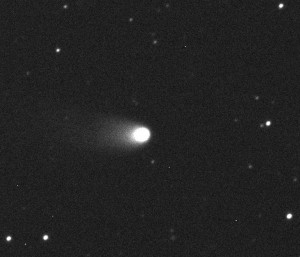
Under the magnitude scale, the stars with the smallest magnitude are the brightest while stars with the largest magnitude are the faintest. AFP PHOTO/ARMAGH OBSERVATORY
MANILA, Philippines—Astronomers use a magnitude scale to measure the stellar brightness of astronomical objects.
The ancient Greek astronomer Hipparchus introduced the magnitude system. He categorized the stars into six magnitudes with the brightest stars assigned to the first magnitude and the faintest to the sixth magnitude.
So under the magnitude scale, the stars with the smallest magnitude are the brightest while stars with the largest magnitude are the faintest.
With the advent of telescopes and other modern equipment to aid the human eye, the scale has been extended in both directions.
According to the scientific journal International Comet Quarterly (ICQ), an astronomical object with a -4 could be easily seen with the naked eye even from large cities.
Those with magnitude zero could be seen with the naked eye and generally visible even from large cities, but are difficult to see if near bright artificial lights.
Sirius, the brightest star, shines at visual magnitude -1.5, the ICQ notes.
The comet’s magnitude, however, is called “total visual magnitude” which ICQ describes as magnitude integrated over an observed coma diameter of several arc minutes.
This means a seventh magnitude comet is more difficult to see than a seventh magnitude star, with the latter having all its light in a pinpoint while the former having the same amount of light spreads out over a large area, the ICQ explained.—Inquirer Research
Sources: https://www.icq.eps.harvard.edu, https://spacemath.gsfc.nasa.gov, https://www.e-education.psu.edu/, https://www.stargazing.net/david/constel/magnitude.html


